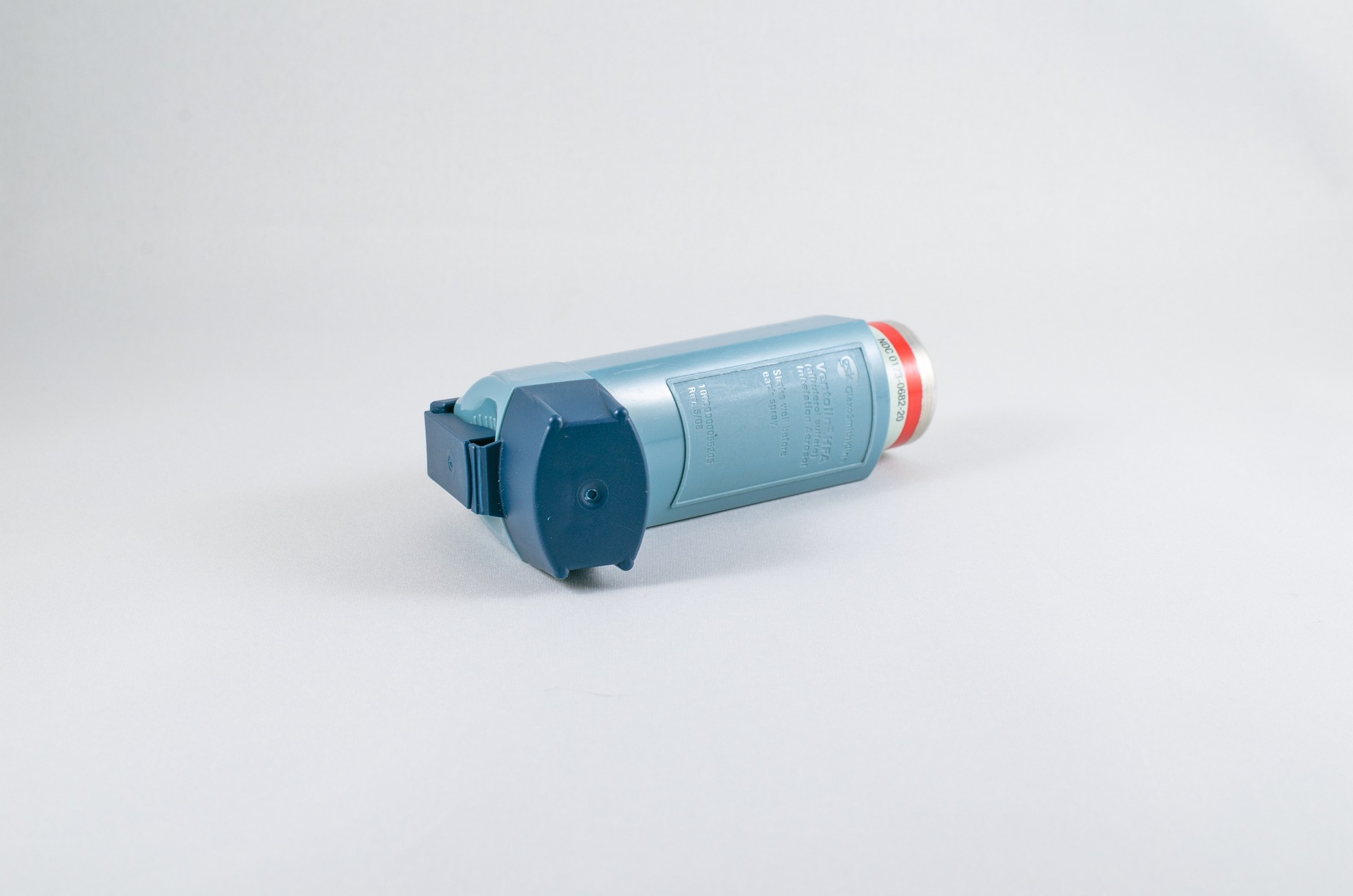Managing Asthma: Control Medications, Inhalers, and Tracking
Asthma care is most effective when daily control medications, correct inhaler choice, and consistent tracking come together. This guide explains how long-acting therapies work, which inhalers are commonly prescribed, how to monitor symptoms, and why adherence matters for long-term stability across different healthcare settings.

Effective asthma care balances long term control medicines with accurate self monitoring and good inhaler technique. While quick relief inhalers ease sudden symptoms, the foundation of stability is built on daily anti inflammatory control paired with a plan to track how well treatment is working. The goal is fewer flare ups, more symptom free days, and safer activity levels over time.
Tracking symptoms to evaluate medication effectiveness
A simple tracking routine makes it easier to see whether your plan is working. Keep a brief daily log of daytime symptoms like wheeze, cough, or chest tightness; nighttime awakenings; and how often you need a reliever inhaler. Many people also record peak flow or use a smart peak flow meter to spot early declines before symptoms worsen. Weekly review of your log helps you and your clinician adjust doses or timing. Validated tools such as the Asthma Control Test and a written action plan categorize control into green, yellow, and red zones, guiding step up or step down decisions.
Role of long term control meds in prevention
Control medicines reduce airway inflammation and help prevent symptoms from starting. Inhaled corticosteroids are the backbone of preventive care and are used daily at the lowest effective dose. For people with persistent symptoms, a long acting beta agonist may be added in a fixed dose combination with an inhaled corticosteroid. Long acting muscarinic antagonists can be used as an add on in selected cases. Some individuals with severe disease may receive biologic therapies targeted to allergic or eosinophilic pathways, guided by specialist assessment. In many regions, single maintenance and reliever therapy using low dose inhaled corticosteroid formoterol provides both daily control and relief in one device, but suitability depends on local guidelines and individual medical advice.
Common long acting inhalers for asthma
Asthma control commonly relies on these categories:
- Inhaled corticosteroids such as budesonide, beclomethasone, or mometasone for daily anti inflammatory control.
- Long acting beta agonists such as formoterol or salmeterol, used only in combination with an inhaled corticosteroid.
- Long acting muscarinic antagonists such as tiotropium as an add on for selected patients.
- Fixed dose combinations such as budesonide plus formoterol, fluticasone plus salmeterol, fluticasone plus vilanterol, or mometasone plus formoterol; some regions also offer triple therapy that includes a muscarinic antagonist. Quick relief short acting beta agonists remain important but are not long acting controllers.
Daily adherence and asthma stability
Consistency matters. Skipping control doses can allow airway inflammation to build, increasing the risk of nighttime symptoms, activity limitations, and exacerbations. Practical habits help: tie doses to existing routines like toothbrushing, use reminders on phones or smart inhaler sensors, and check technique with a pharmacist or nurse in your area. Refill on a schedule that prevents gaps, and store devices where they are visible but safe from children. If you notice more reliever use, step back to your tracking log and discuss patterns with a clinician to adjust therapy safely.
Pricing insights and product comparisons
Medication costs vary widely by country, insurance status, and availability of generics or biosimilars. As general context, monthly cash prices in many markets show lower costs for generics than for brand only products. Assistance programs, national formularies, and community clinics can reduce out of pocket costs for eligible patients. Compare options with a trusted clinician and pharmacy team, and verify device type and dose equivalence when switching products.
| Product or Service Name | Provider | Key Features | Cost Estimation |
|---|---|---|---|
| Pulmicort Flexhaler budesonide ICS | AstraZeneca | Daily anti inflammatory control, multiple strengths | Often mid to high range monthly cost; generics may be lower |
| Qvar RediHaler beclomethasone ICS | Teva | Breath actuated device, daily controller | Mid to high range monthly cost |
| Serevent Diskus salmeterol LABA | GSK | Long acting bronchodilator, used only with ICS | Mid range monthly cost; not used alone |
| Wixela Inhub fluticasone and salmeterol ICS plus LABA | Viatris | Fixed dose combination controller | Generally lower than brand equivalents where available |
| Breyna budesonide and formoterol ICS plus LABA | Viatris and Kindeva | Combination controller; some regions use for maintenance and relief | Typically lower than brand comparator in markets offering this generic |
| Breo Ellipta fluticasone and vilanterol ICS plus LABA | GSK | Once daily combination controller | Mid to high range monthly cost |
| Spiriva Respimat tiotropium LAMA | Boehringer Ingelheim | Add on controller for selected patients | Often high range monthly cost |
| Trelegy Ellipta fluticasone, umeclidinium, vilanterol ICS plus LAMA plus LABA | GSK | Triple therapy for selected adults | High range monthly cost |
Prices, rates, or cost estimates mentioned in this article are based on the latest available information but may change over time. Independent research is advised before making financial decisions.
Conclusion A structured plan that combines daily control medicine, an appropriate long acting inhaler, accurate tracking, and steady adherence can reduce flare ups and maintain lung function. Align your regimen with local clinical guidance, verify inhaler technique, and review your symptom trends regularly so adjustments can be made thoughtfully over time.
This article is for informational purposes only and should not be considered medical advice. Please consult a qualified healthcare professional for personalized guidance and treatment.




